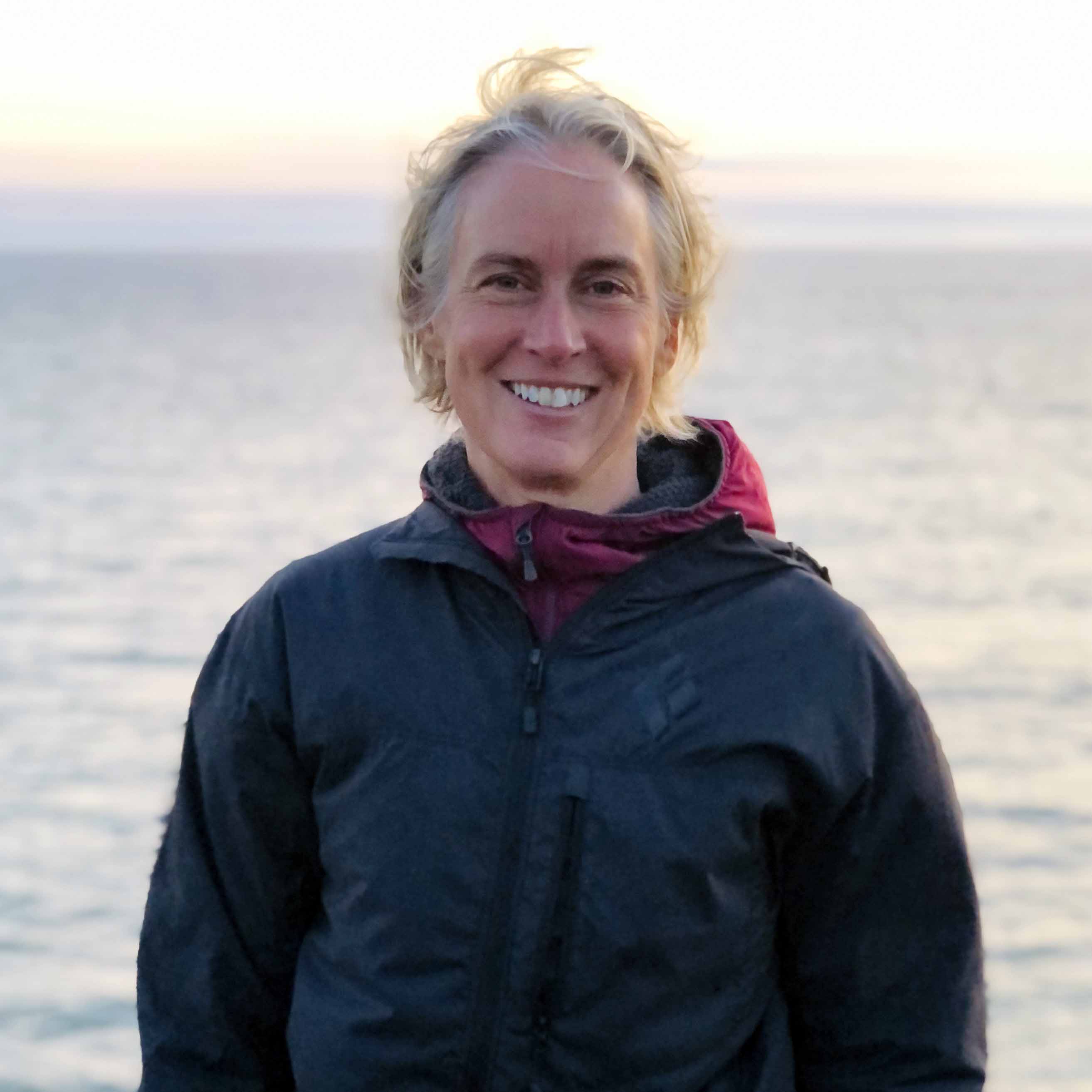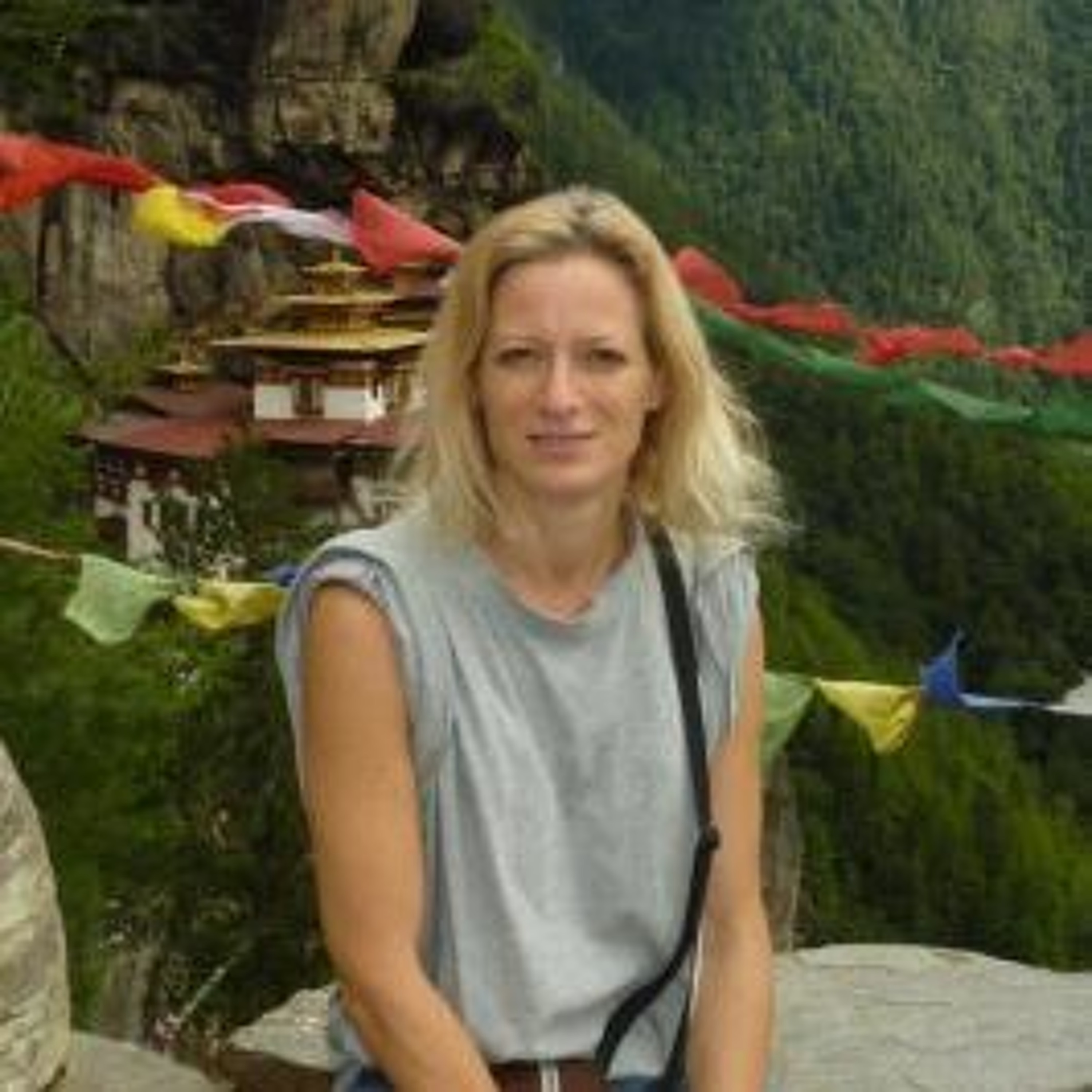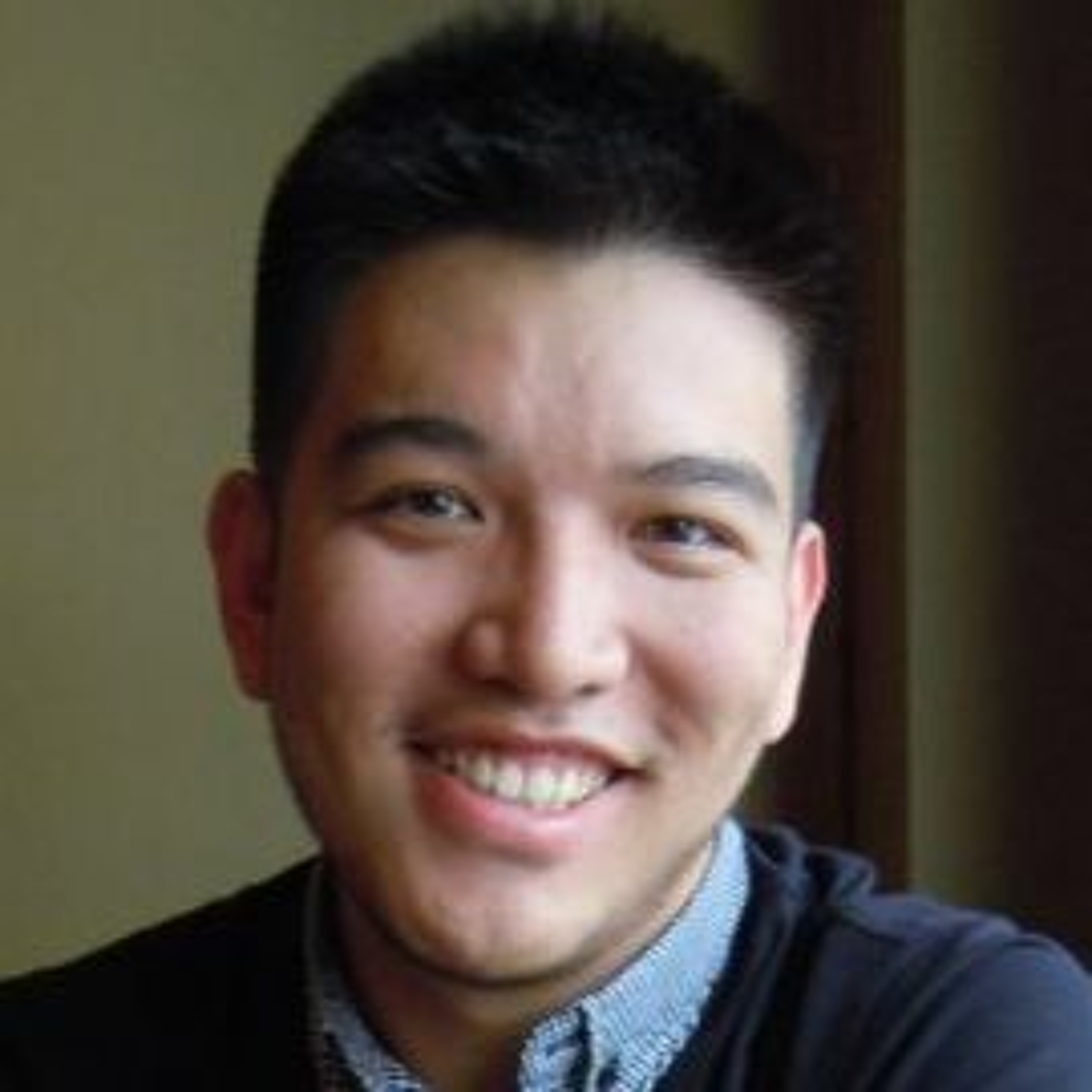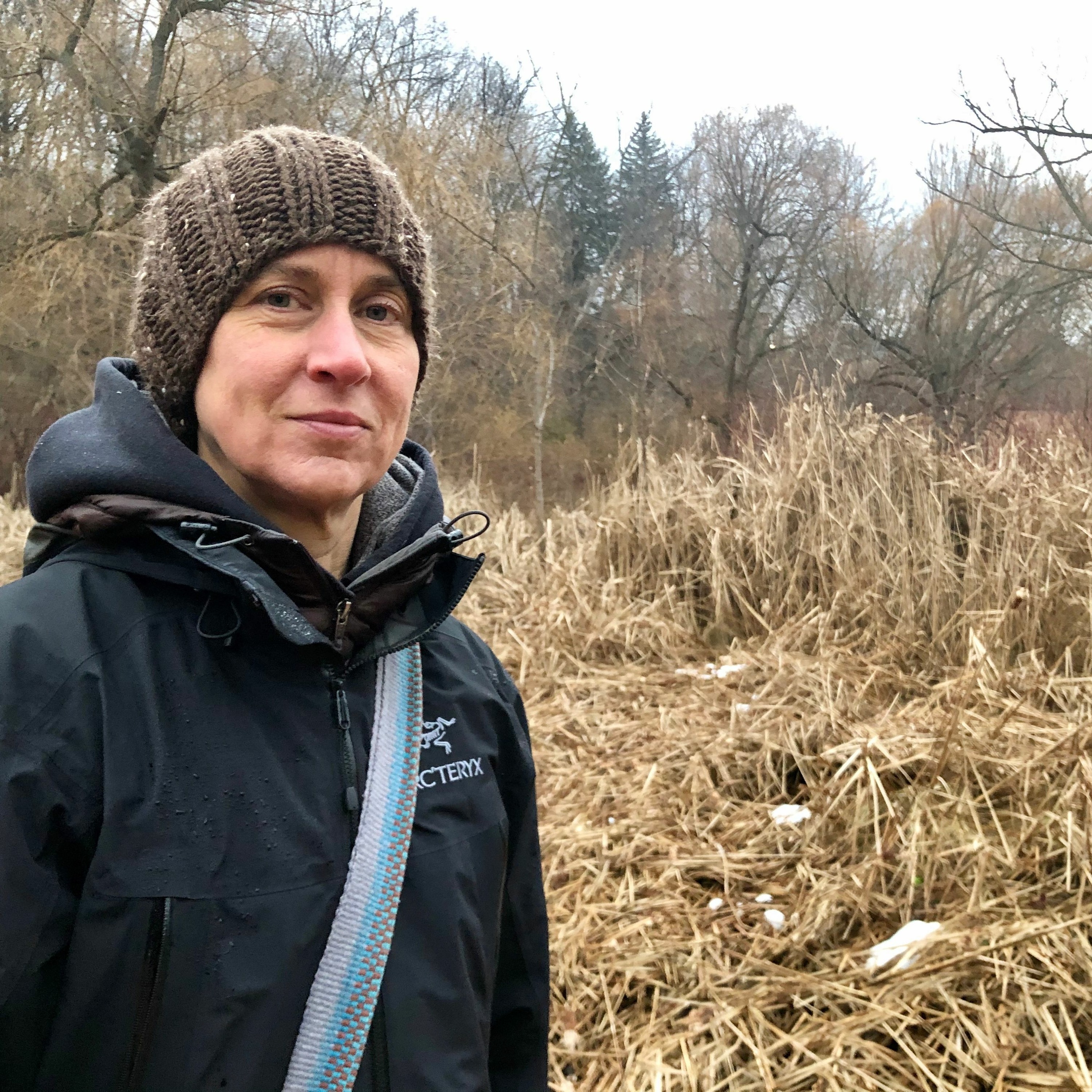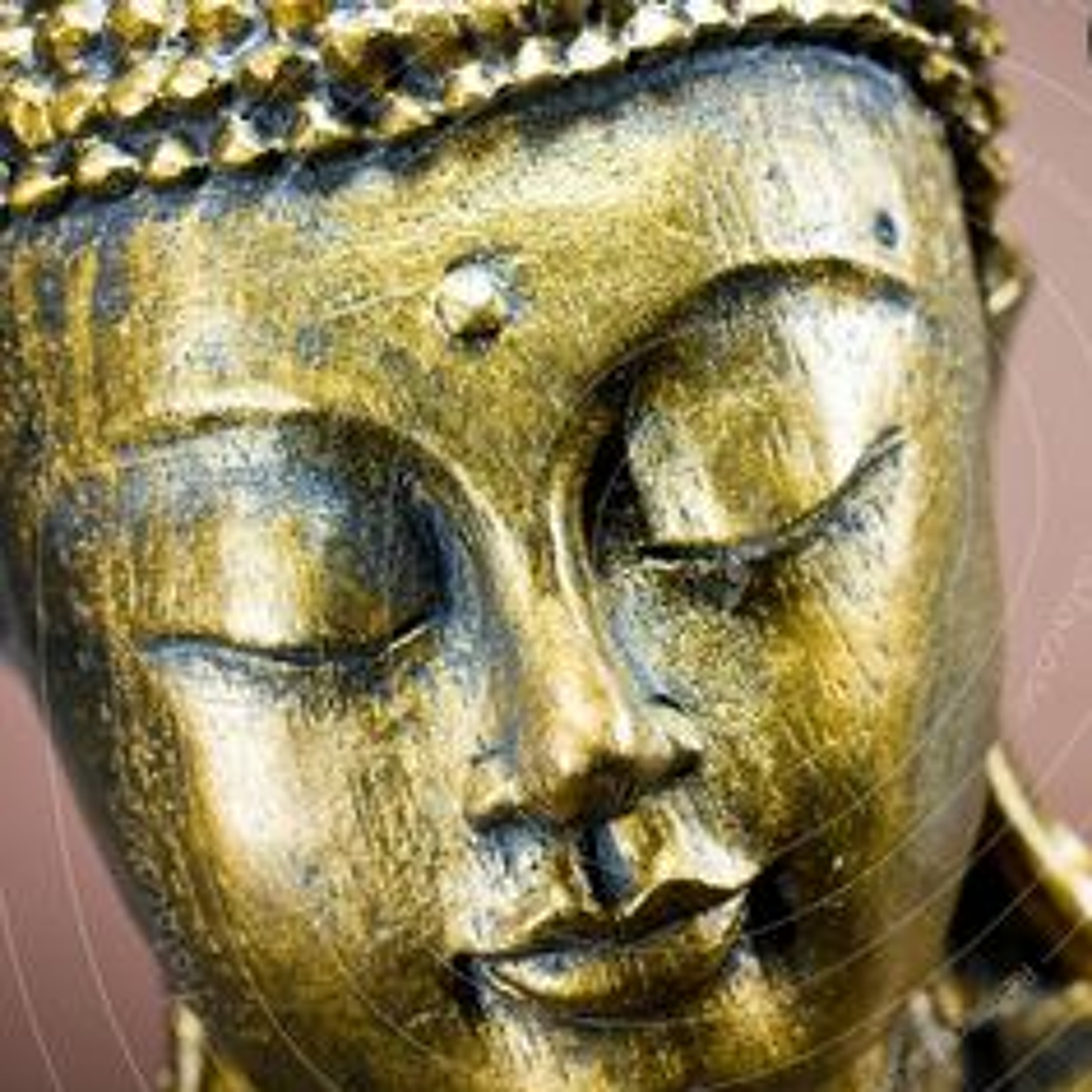Show Notes
Heinrich Jäschke, a nineteenth-century Moravian missionary to Ladakh, is mostly known amongst scholars of Tibet for his pioneering 1881 Tibetan–English Dictionary. In his entry on ‘rlung’—a fundamental concept of Tibetan medicine and Tibetan Tantric Buddhism, commonly translated into English as ‘wind’, ‘breath’ or ‘vital energy’—following his definition of the term, he added: ‘These notions concerning rlung are one of the weakest points of Tibetan physiology and pathology’. Strong words for a dictionary. While Jäschke perceived these ideas as highly problematic, fast-forward a century and a half to 2015 central London, and we can observe that much has changed. It is hard to think of what might better demonstrate the extent to which western perception of the term rlung has evolved since Jäschke gave his damning opinion on the term in his 1881 dictionary, than the Wellcome Collection’s exhibition “Tibet’s Secret Temple: Body, Mind and Meditation in Tantric Buddhism” which ran in London in the winter of 2015-16, and was one of the most attended exhibitions of this popular central London venue. How can we make sense of this transformation? What might be some of the concrete implications for health care that these imply?
This presentation is part of the Buddhism and Breath Summit, which took place online in 2021, with a group of researchers exploring Buddhist practices of working with the breath or the “winds” of the body. The event was co-hosted by Frances Garrett and Pierce Salguero, and co-sponsored by the Robert H.N. Ho Family Foundation Centre for Buddhist Studies at the University of Toronto and Jivaka.net. You can watch the video of this talk and find other resources from the Buddhism and Breath Summit at Jivaka.net
